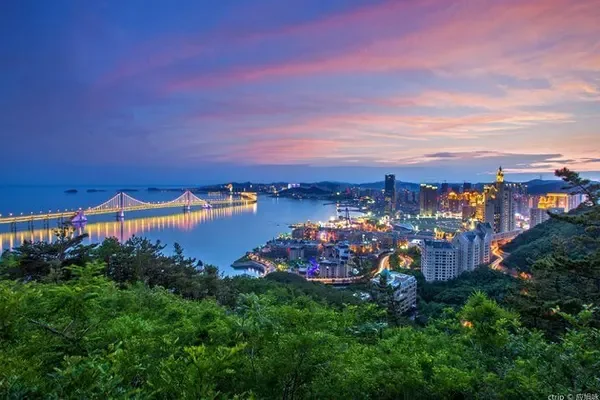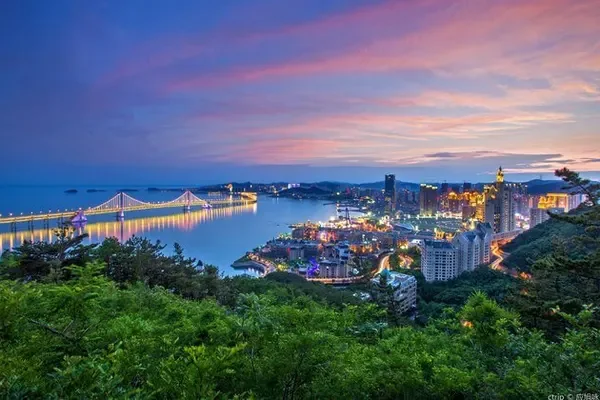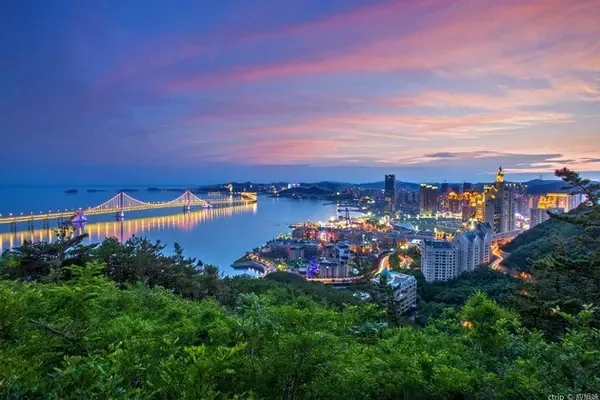The most unearthed in the Xixia Mausoleum are building materials and decorations. Among them, the roof building decorations can be called the treasures of the Xixia architectural remains, including Kalingpinga, owl kiss, set beast, capricorn, sea lion, etc. The types include glass, red pottery, gray pottery, etc. , the line depiction is fine and subtle, or simple and rough, and the image is vivid and mighty. It is an ingenious and colorful pen among the architectural components of Xixia, showing the glory that once existed here.
Bricks and tiles also account for the majority of the various building components unearthed in the cemetery. The textures include gray pottery, pottery green glaze, and gray pottery is the majority. The unearthed bricks include rectangular bricks, trapezoidal bricks, square bricks, glazed square bricks, etc. Rectangular bricks and trapezoidal bricks are mainly used for wrapping rammed earth piers and brick walls of building foundations, and square bricks are used for building foundations Pave the ground. The types of tiles include plate tiles, tube tiles, tiles, and dripping water. The texture is mostly gray pottery, followed by green glazed pottery, and less red pottery. Among the tiles, the animal face pattern tiles account for the majority, and there are also flower pattern tiles, bead pattern tiles, etc., and there are also animal face patterns, pomegranate patterns, and chrysanthemum patterns. Looking at the style of building materials in Xixia, it reflects the national qualities of the Xixia people who are brave, sturdy, and good at learning, and the development history of the integration of multi-ethnic culture and Buddhist culture.








Distinctive ceramics
Except for a small number of ceramics found in various mausoleums, they are mainly concentrated in the architectural site of a temple in the mausoleum, and all of them are daily necessities. The porcelain unearthed from Mausoleum No. 3 includes white-glazed bowls with thicker bodies, brown-glazed bowls, green-glazed jars, white-glazed open bowls, brown-glazed octagonal double-eared jars, and large brown-glazed pots with engraved patterns, etc., most of which are remnants Mainly. Most of the porcelain unearthed from Mausoleum No. 6 is white, and some have ice cracks. It is more likely that they were produced in the Qiqigou kiln in Helan Mountain. The ceramics unearthed from the northern end of the building site include some white-glazed porcelain slab tiles and sauce-glazed trough tiles, which are the same shape and structure as those unearthed from the Lingwu Kiln. More than half of the unearthed porcelain is white porcelain, followed by celadon porcelain, and a small amount of sauce glaze, black glaze, and gray glaze porcelain.



rich monument
Various cultural relics specimens unearthed in the Xixia Mausoleum area have also attracted attention due to the large number of residual steles, rich content, high cultural relic value and high document value. The remnants of steles unearthed from Mausoleum No. 3 are all written in Xixia script; from Mausoleum No. 5, remnants of steles unearthed from Mausoleum No. 5 contain steles written in Xixia script and Han script; The inscriptions of the inscriptions in seal script, the inscriptions in the inscriptions in seal script are curved and tactful, and the lines are round and smooth, and there are also inscriptions in a few tombs buried with them. The inscriptions on the inscriptions on the remnant steles of Xixia are neatly carved, with reasonable layout and various styles, reflecting the calligraphy art of Xixia in different periods and styles; the changes in carving and decoration of the inscriptions have left traces of cultural exchanges among various ethnic groups, and also reflect the development of Xixia culture The inscriptions are rich in content, involving Xixia history, culture, art, religion, etc. Among them, the temple names, posthumous names, and name taboos of royal family members are the most frequent. Lord, understand the life stories of the Xixia emperors and provide evidence. The remaining steles unearthed from the Xixia Mausoleum are the only ones in China with a large number of inscriptions in Xixia script in minority languages, which greatly enriches the content of inscriptions in our country and has a high cultural value.



The metal smelting process in the Xixia period was quite advanced. The "Wrought Iron Picture" in the Xixia murals in the Yulin Grottoes in Anxi reproduces the labor scene of Xixia casting. The gilt copper bull unearthed in the accompanying tomb M177, the cow is lying down while driving, has a strong body and a lifelike shape. The copper bull is hollow and has a golden appearance. The production needs to integrate smelting, mold sculpture casting, polishing and posture gold and other processes into one, reflecting the superb level of Xixia casting technology, and it is a treasure among Xixia artworks. The copper and iron artifacts unearthed in the cemetery include iron chisels, copper plates, and openwork flower decorations, which are in the shape of thin copper sheets, using openwork techniques, and carved with peony patterns; there are also copper cap nails, copper foam nails, and copper bells. The unearthed gold and silver wares include gold belt ornaments, gilt silver ornaments, gold hairpins and gold saddle ornaments, etc. Inlaid turquoise gilt silver ornaments, oval chrysanthemum-shaped, extremely thin, with a turquoise inlaid in the stamen, not only unique in shape, but also quite mature in gilding, polishing, and inlaying techniques.



The architectural components unearthed in the Xixia Mausoleum area, such as the exquisite and huge glazed owl kiss, the strangely shaped roof beast, the wonderful sound bird, the bright and exquisite tiles and dripping water, etc., are the embodiment of absorbing the traditional architecture of the Central Plains and believing in Buddhism; while the stone carvings with rich themes, The stone inscriptions reveal the unique aesthetics and artistic expression of Xixia, with the party nation as the main body, which has strong national characteristics and characteristics of the times; The performance is also the real data for interpreting Xixia characters; although there are few unearthed metalware and ceramics, they truly show the development and transformation of Xixia foundry and handicraft industries from another aspect. It is believed that the Xixia Mausoleum, an artistic treasure of Xixia history and culture, will display more abundant and exquisite Xixia cultural relics with the continuous advancement of archaeological excavations.

To visit Ningxia, you can choose the local professional tourist transportation Ningxia Tourist Scenic Spot Through Train. The staff all wear yellow vests, and the little yellow people are hospitable. There are two tourist distribution centers in the new city railway station and the crescent moon in the old city. The square is convenient for accommodation nearby, there are many hotels, and the transportation is convenient. It is not far from the civil aviation bus, and it is very convenient whether it is by train or plane. The through train of the scenic spot has opened the line from the urban area to the scenic spots around Yinchuan, such as Shahu, Huangsha Ancient Ferry, Shuidonggou, Zhenbeibao Western Film and Television City, Xixia Royal Tomb, Helan Mountain Rock Painting, Shapotou, etc., which is very convenient.



